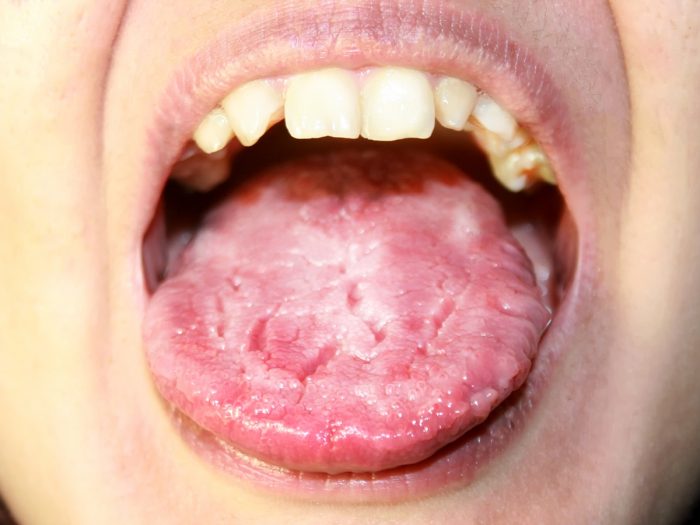
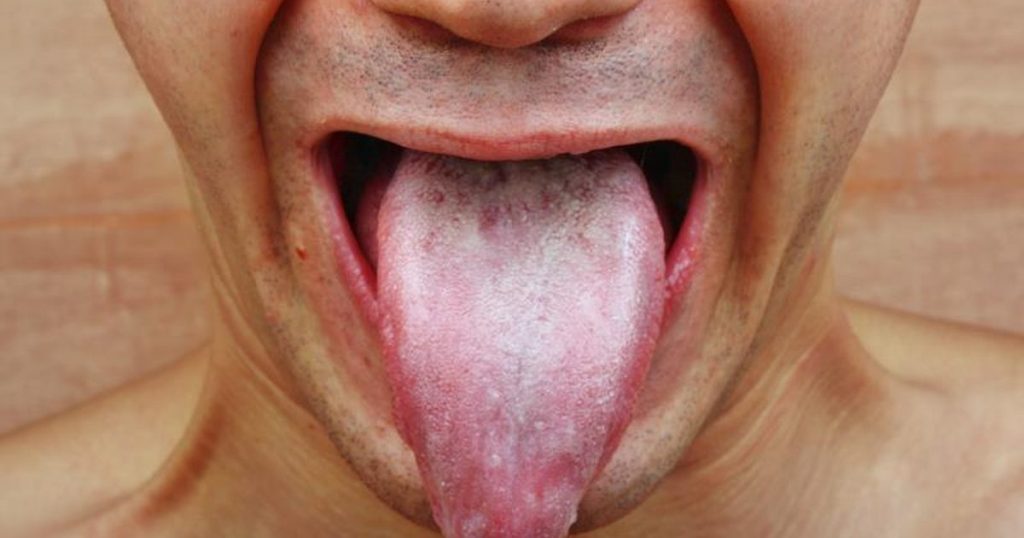

Oral thrush, or oral candidiasis, is a yeast infection of the mouth. Oral thrush is usually treated with antifungal medications, but these treatments can also be supported by home remedies.
Some mild oral thrush infections are painless. However, sometimes oral thrush is quite sore and can make eating and drinking uncomfortable. Some babies with oral thrush may drool saliva, or not be able to feed properly because of soreness. Taste can be affected in some people with oral thrush.
Candida is a normal organism in your mouth, but sometimes it can overgrow and cause symptoms. Oral thrush causes creamy white lesions, usually on your tongue or inner cheeks. Sometimes oral thrush may spread to the roof of your mouth, your gums or tonsils, or the back of your throat.
Diagnosis of oral thrush. In the vast majority of cases, the doctor can diagnose oral thrush by looking into the patient’s mouth and asking some questions about symptoms.

Thrush is easy to treat in healthy ren and adults. But the symptoms may be worse and harder to treat in people with weak immune systems.
Oral thrush is an infection caused by the Candida albicans fungus. It’s also known as oral candidiasis, oropharyngeal candidiasis, or thrush. Learn about symptoms and risk factors.

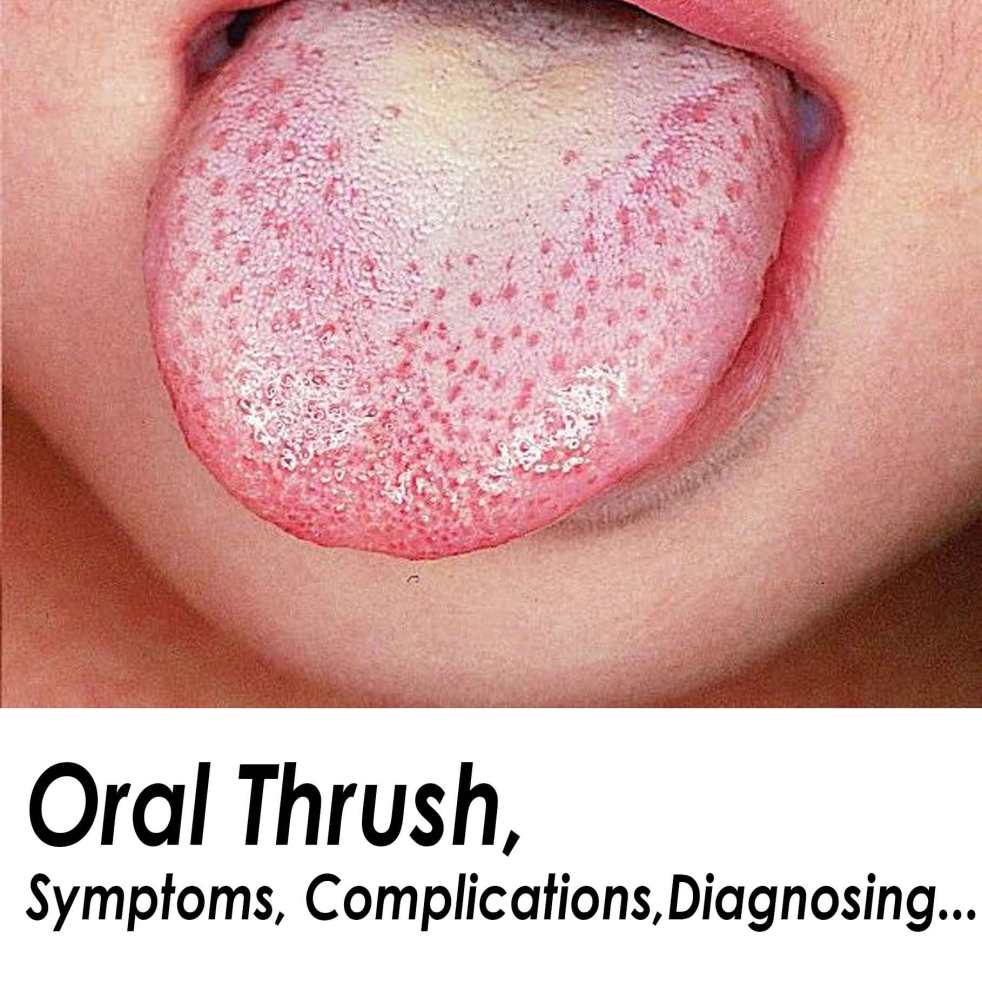

How can the answer be improved?
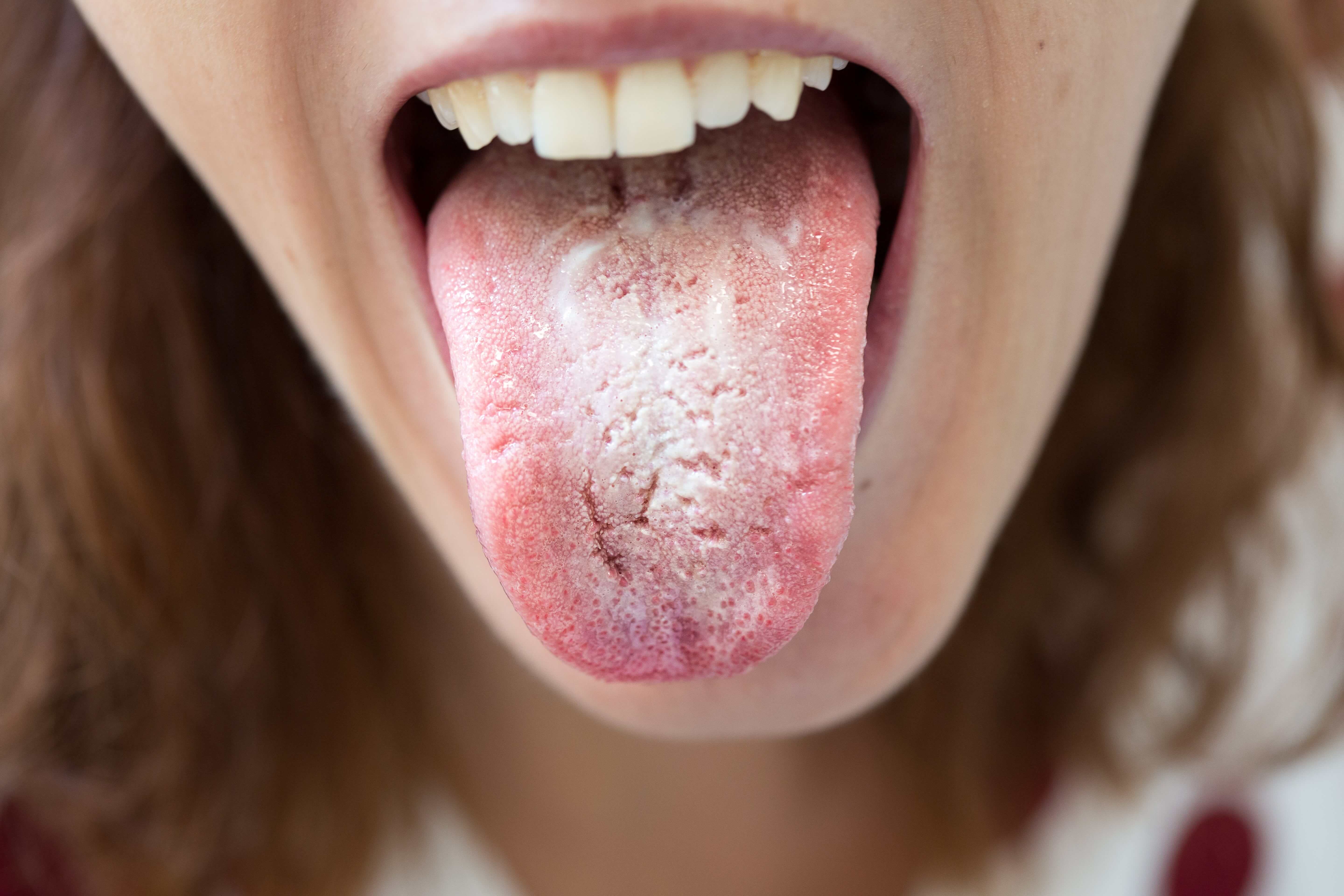
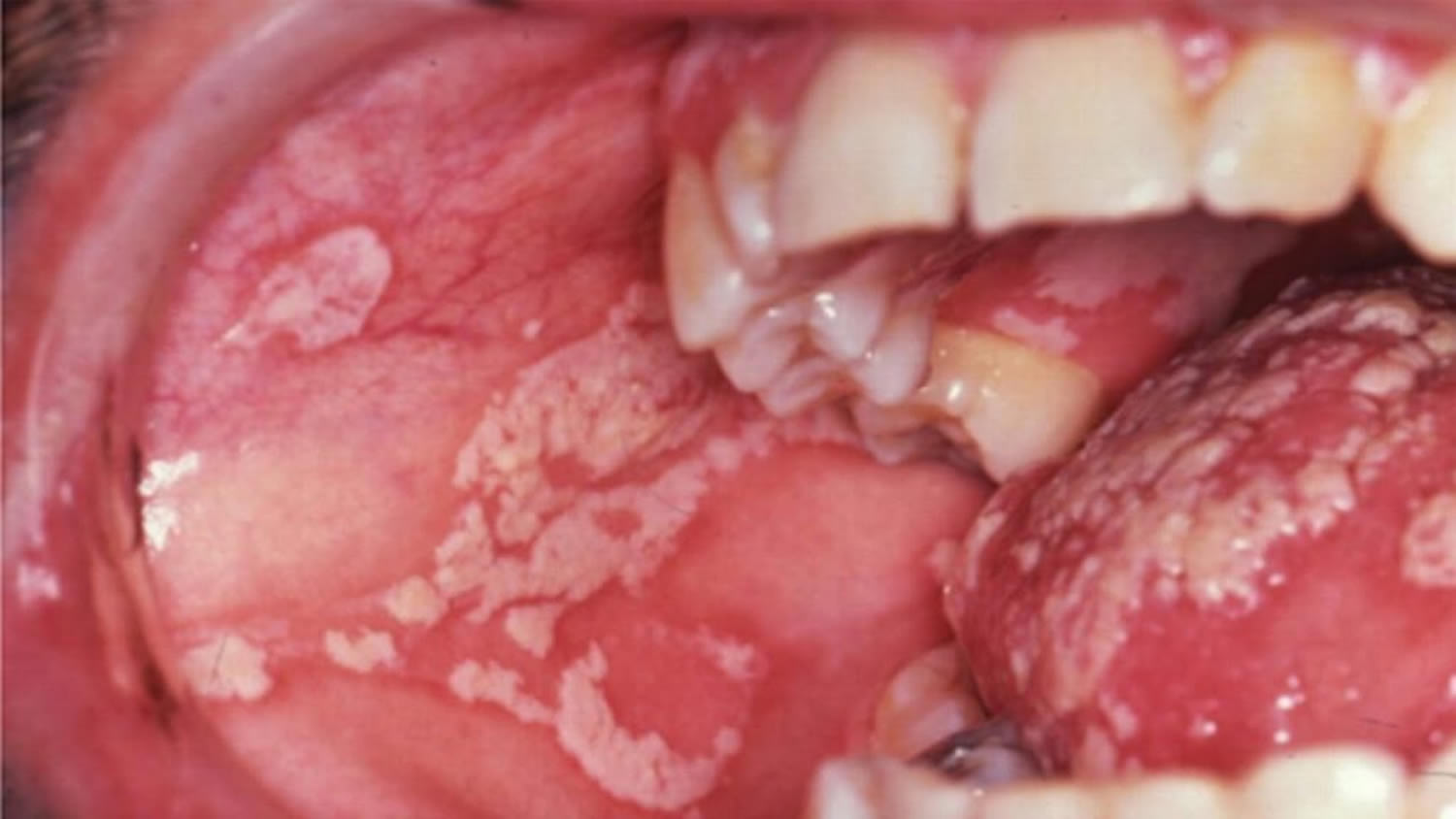
Oral candidiasis, or thrush, is a fungal infection that affects the inside of your mouth. What causes oral candidiasis? Oral candidiasis is caused by a type of fungus called Candida.
Oral thrush, also known as oral candidiasis, is a yeast/fungi infection of the genus Candida that develops on the mucous membranes of the mouth.. It is most commonly caused by the fungus Candida
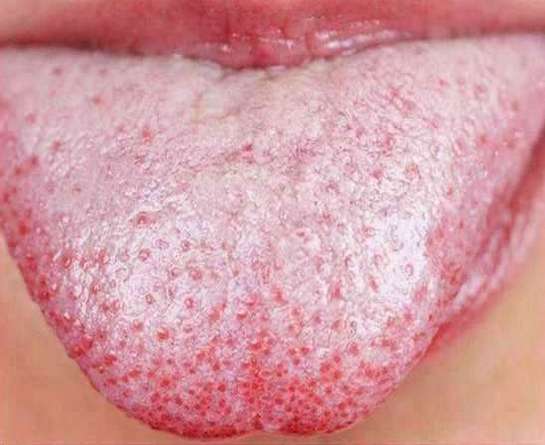
Oral thrush (oropharyngeal candidiasis) is a superficial yeast infection of the mouth that may involve the tongue, inner cheek (buccal mucosa), inner lip region, and occasionally the gums (gingiva). While it is most commonly seen in infants, thrush may affect toddlers, and to a lesser degree, older ren and occasionally adults.